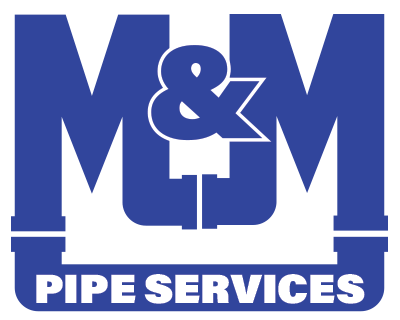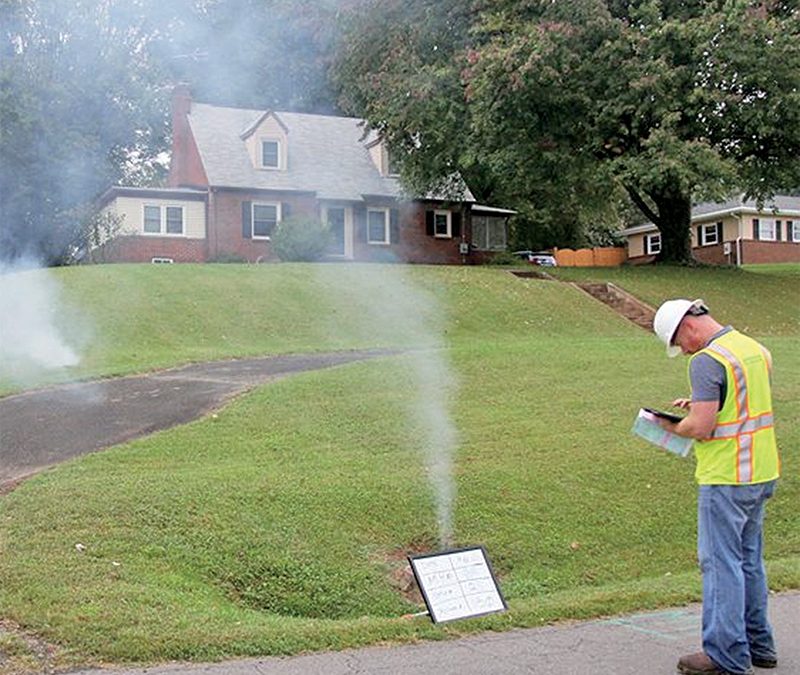Smoke testing is a method used to identify leaks, defects, and other issues in underground pipes, particularly sewer and sanitary systems. It involves introducing a controlled, non-toxic smoke into the pipes and then observing where the smoke emerges, revealing potential problem areas. Here’s how smoke testing for underground pipes is typically conducted:
Preparation:
- Identify the section of the sewer or sanitary system that needs to be inspected.
- Notify local authorities and residents in the affected area about the upcoming smoke testing to prevent unnecessary concerns or emergency calls.
Smoke Generation:
- A specialized smoke generator or smoke machine is used to create the non-toxic, white or gray smoke that will be introduced into the pipes. The smoke is typically composed of food-grade mineral oil or a similar safe substance.
- The smoke machine heats the oil or fluid to produce a vapor that resembles smoke.
Introduction of Smoke:
- The generated smoke is introduced into the sewer or sanitary system through an access point, such as a manhole or cleanout opening. The smoke is forced into the pipes using a blower or fan.
Observation:
- As the smoke travels through the pipes, it will exit through any openings, defects, or cracks in the system. This includes areas where there are potential problems, such as broken pipes, faulty connections, or leaks.
- Technicians or inspectors stationed above ground visually observe where the smoke emerges. They look for smoke rising from manholes, cracks in the ground, building foundations, or other unexpected locations.
Identification of Issues:
- The presence of smoke in unexpected locations indicates potential issues in the sewer system. Inspectors note these locations for further investigation and repair.
- Smoke testing can identify problems like broken pipes, open joints, faulty seals, improper connections, or illegal sump pump discharges into the sanitary sewer system.
Documentation:
- Detailed records and maps are created to document the locations of smoke leaks and potential problem areas. This information is used to plan and prioritize repairs or maintenance.
Safety Precautions:
- Smoke testing uses non-toxic, harmless smoke, but it’s important to ensure that proper safety measures are in place, including notifying residents and providing adequate ventilation in confined spaces.
Follow-Up Inspections:
- After identifying issues during the smoke testing process, further inspections, such as CCTV sewer inspections or physical inspections, may be conducted to assess the extent of the damage and plan for repairs.
Smoke testing is a valuable tool for quickly identifying and locating problems in underground sewer systems. It can help municipalities and utility companies proactively address issues, reduce the risk of sanitary sewer overflows, and ensure the efficient operation of the sewer infrastructure.


Recent Comments